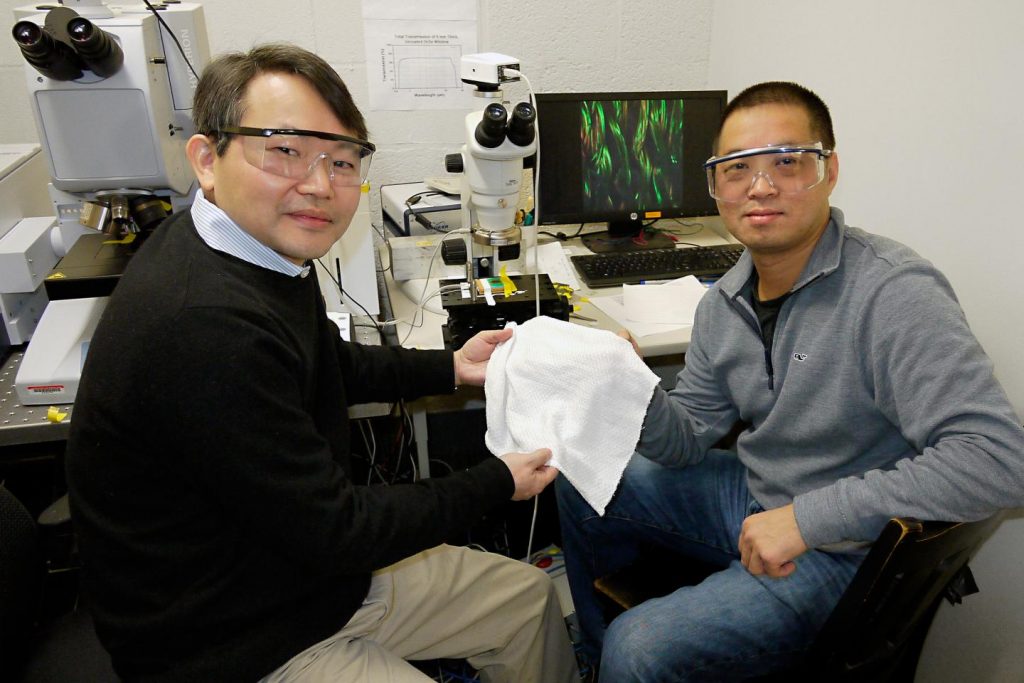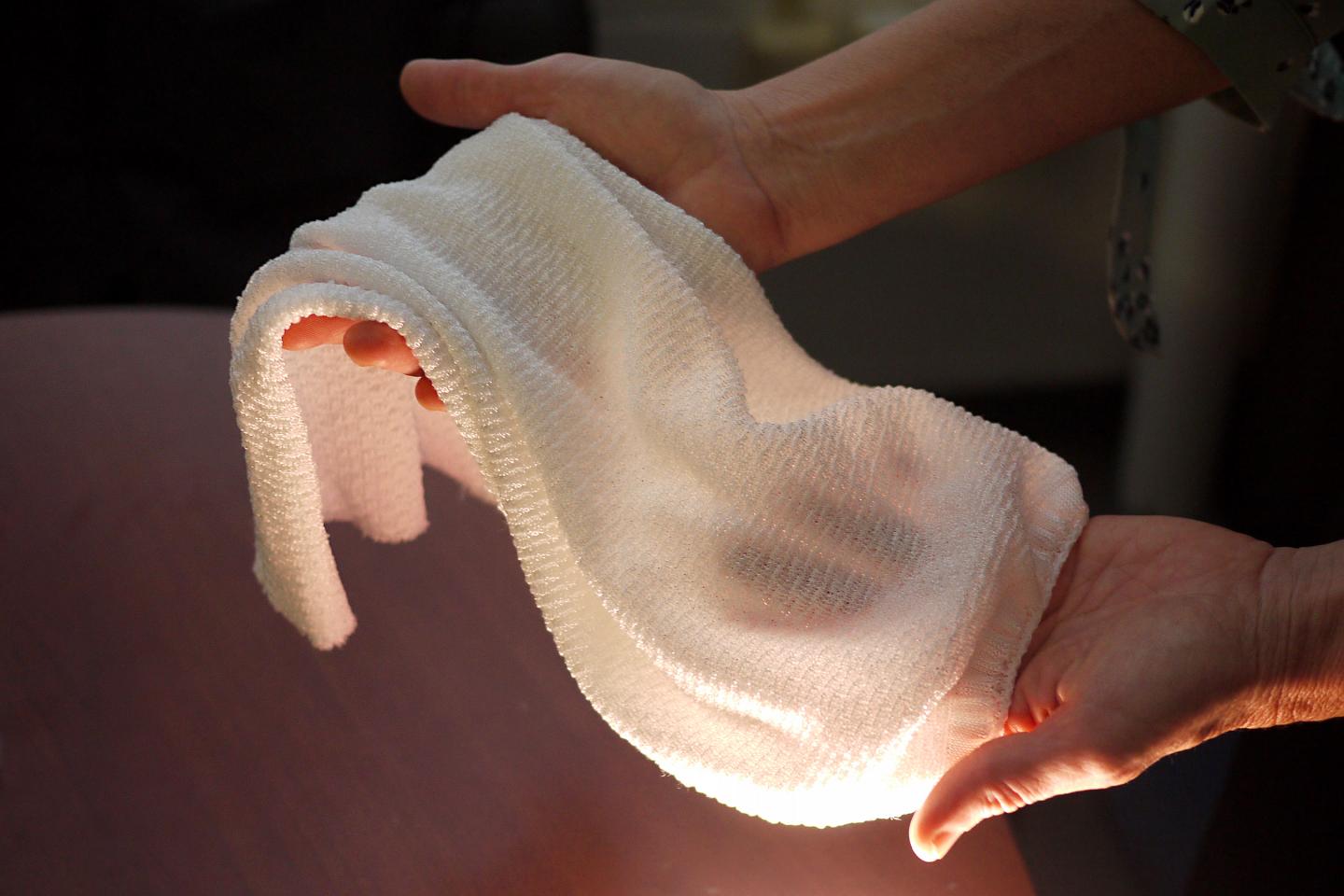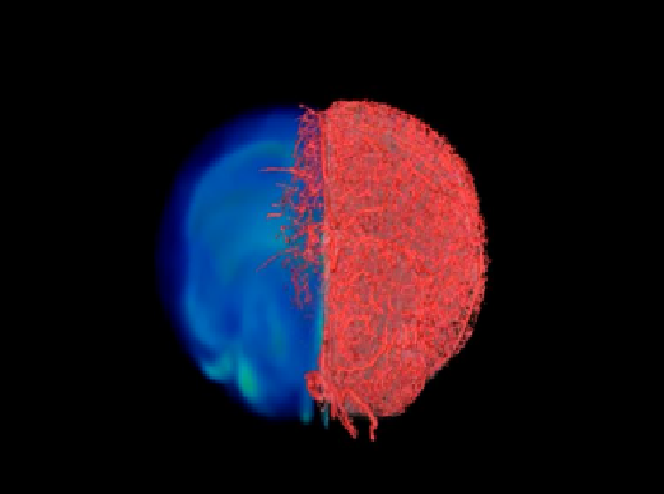Do you sometimes feel cold despite having five layers of clothing in winter or experience a heatwave during summer months albeit the light clothing? The solution to your problems could be the new fabric that automatically cools or insulates depending on the weather
The researchers from the University of Maryland have found a way to make fabrics that answer to the environmental conditions. The material can regulate the amount of heat passing through it.
How to Develop the New Fabric
In the case of hot and humid conditions, the fabric allows heat to go through. On the other hand, when the weather becomes cooler, the fabric holds the heat.
Scientists YuHuang Wang and Ouyang Min from the University of Maryland created the material from yarn that’s coated with conductive metal particles. The strands of yarn will activate the coating under warm and moist conditions, which they refer to as “gating of infrared radiation”. The radiation then transmits or blocks the heat.

Professor YuHuang Wang (left) and Physics Professor Min Ouyang hold a swatch of their new fabric. Image: © Faye Levine, University of Maryland
The fibers for the base yarn are made of synthetic materials that absorb or repel water, while nanotubes coat the strands. These lightweight conductive particles will bring the strands closer together when exposed to a sweating body because of the electromagnetic coupling effect.
The textile will block or allow infrared radiation to pass through based on the environment. The fabric can cool you down before you realize you’re getting hot, and warm your body in the cold conditions.
As Min Ouyang, professor of physics at UMD said, “The human body is a perfect radiator. It gives off heat quickly… the only way to regulate the radiator has been to take clothes off or put clothes on. But this fabric is a true bidirectional regulator.” The revolutionary process was published in the 2019 issue of the journal Science on February 8.
On Functional Fabrics in the Future
The development of the new functional fabric is only the first step towards the future of textile. Professor Ouyang said, “I think it’s very exciting to be able to apply this gating phenomenon to the development of a textile that has the ability to improve the functionality of clothing and other fabrics.”







